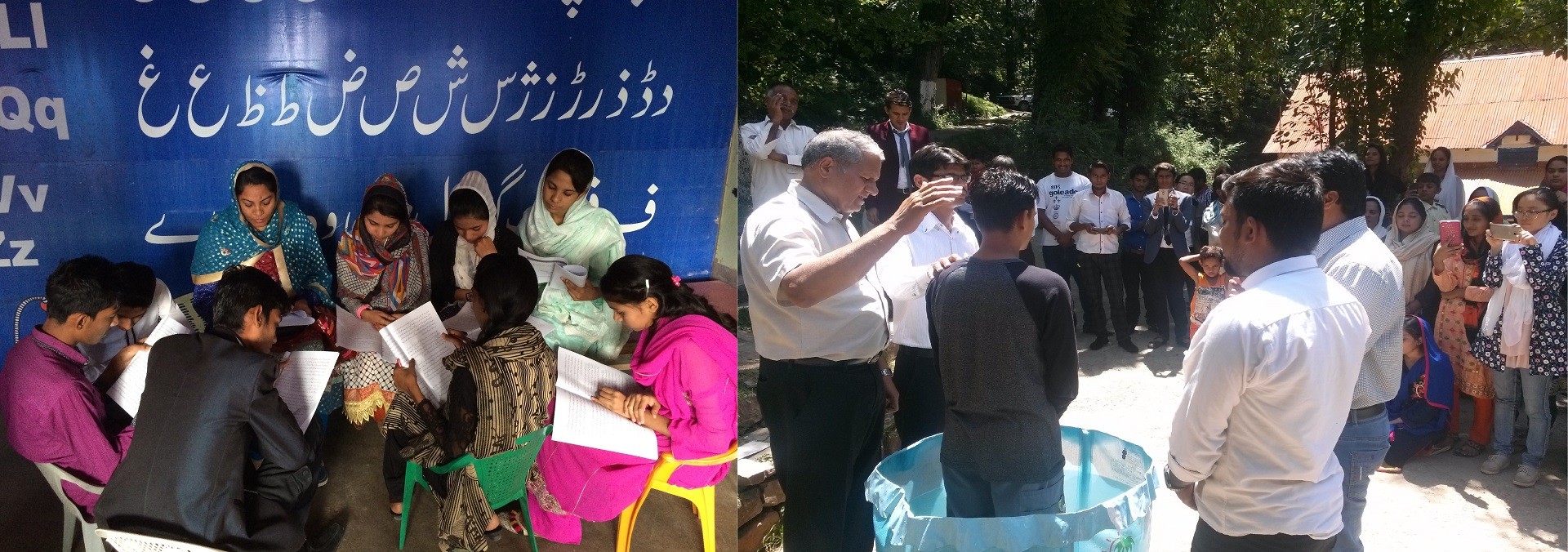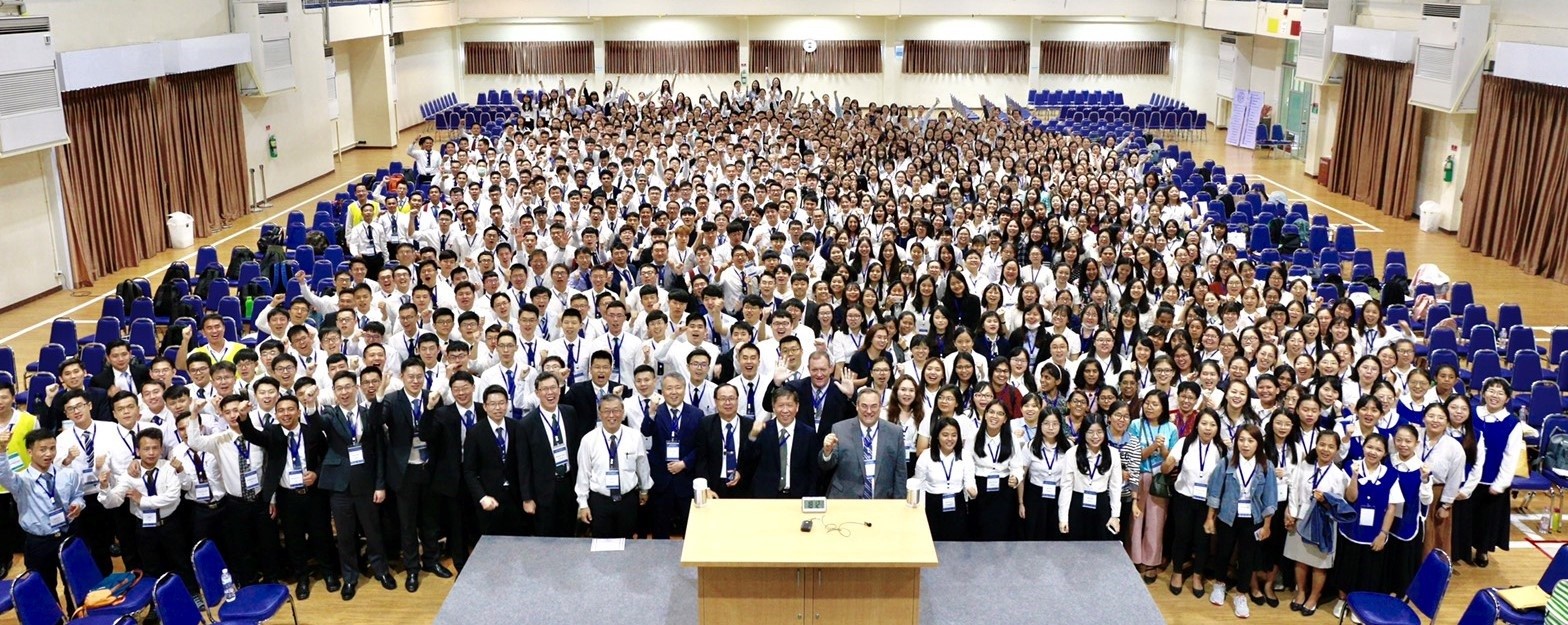Bangladesh
Background:
Muslim conversions and settlement in the region now referred to as Bangladesh began in the 10th century, primarily from Arab and Persian traders and preachers. Europeans began to set up trading posts in the area in the 16th century. Eventually the area known as Bengal, primarily Hindu in the western section and mostly Muslim in the eastern half, became part of British India. Partition in 1947 resulted in an eastern wing of Pakistan in the Muslim-majority area, which became East Pakistan. Calls for greater autonomy and animosity between the eastern and western wings of Pakistan led to a Bengali independence movement. That movement, led by the Awami League (AL) and supported by India, won independence for Bangladesh in 1971, although at least 300,000 civilians died in the process. The post-independence, AL government faced daunting challenges and in 1975 was overthrown by the military, triggering a series of military coups that resulted in a military-backed government and subsequent creation of the Bangladesh Nationalist Party (BNP). That government also ended in a coup in 1981, followed by military-backed rule until democratic elections in 1991. The BNP and AL have alternately held power since then, with the exception of a military-backed, emergency caretaker regime that suspended parliamentary elections planned for January 2007 in an effort to reform the political system and root out corruption. That government returned the country to fully democratic rule in December 2008 with the election of the AL and Prime Minister Sheikh HASINA. With the help of international development assistance, Bangladesh has made great progress in food security since independence, and the economy has grown at an average of about 6 percent over the last two decades.
Location:
Southern Asia, bordering the Bay of Bengal, between Burma and India
Area:
148,460 sq km
Climate:
Tropical; mild winter (October to March); hot, humid summer (March to June); humid, warm rainy monsoon (June to October)
Ethnic groups:
Bengali 98%, other 2% (includes tribal groups, non-Bengali Muslims)
Languages:
Bangla (official, also known as Bengali), English
Religions:
Muslim 89.1%, Hindu 10%, other 0.9% (includes Buddhist, Christian) (2013 est.)
Population:
162,650,853 (July 2020 est.)
Country comparison to the world: 8
Age structure:
0-14 years: 26.48% (male 21,918,651/female 21,158,574)
15-24 years: 18.56% (male 15,186,470/female 15,001,950)
25-54 years: 40.72% (male 31,694,267/female 34,535,643)
55-64 years: 7.41% (male 5,941,825/female 6,115,856)
65 years and over: 6.82% (male 5,218,206/female 5,879,411) (2020 est.)\
Government type:
Parliamentary republic
Capital:
Dhaka
Time difference:
UTC+6 (11 hours ahead of Washington, DC during Standard Time)
Independence:
16 December 1971 (from West Pakistan)
Economy – overview:
Bangladesh’s economy has grown roughly 6% per year since 2005 despite prolonged periods of political instability, poor infrastructure, endemic corruption, insufficient power supplies, and slow implementation of economic reforms. Although more than half of GDP is generated through the services sector, almost half of Bangladeshis are employed in the agriculture sector, with rice as the single-most-important product.
Garments, the backbone of Bangladesh’s industrial sector, accounted for more than 80% of total exports in FY 2016-17. The industrial sector continues to grow, despite the need for improvements in factory safety conditions. Steady export growth in the garment sector, combined with $13 billion in remittances from overseas Bangladeshis, contributed to Bangladesh’s rising foreign exchange reserves in FY 2016-17. Recent improvements to energy infrastructure, including the start of liquefied natural gas imports in 2018, represent a major step forward in resolving a key growth bottleneck.
GDP (purchasing power parity):
$690.3 billion (2017 est.)
GDP – per capita (PPP):
$4,200 (2017 est.)
Source:
CIA World Factbook







